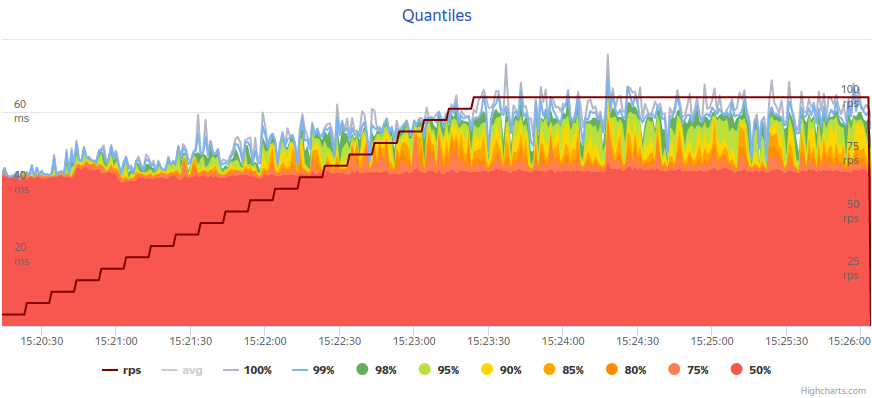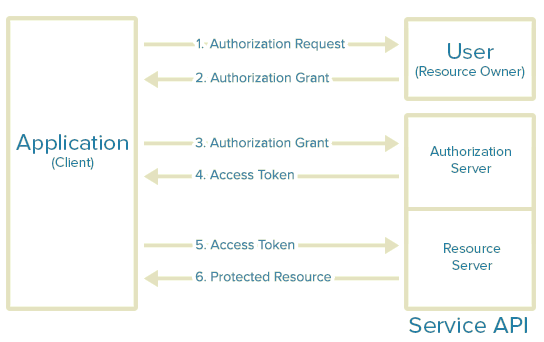
Comparing PHP-FPM, NGINX Unit, and Laravel Octane - what to choose for developing microservices.

Seven tasks for test, one for deploy

Comparing PHP-FPM, NGINX Unit, and Laravel Octane - what to choose for developing microservices.

This article assumes that readers are familiar with OAuth 2. However, below a brief description of it is presented below.

The are some main Pros and Cons in OAuth 2.0
— No signature (relies solely on SSL/TLS ), Bearer Tokens
— No built-in security
— Can be dangerous if used from not experienced people
— Too many compromises. Working group did not make clear decisions
— Mobile integration (web views)
— Oauth 2.0 spec is not a protocol, it is rather a framework — RFC 6749